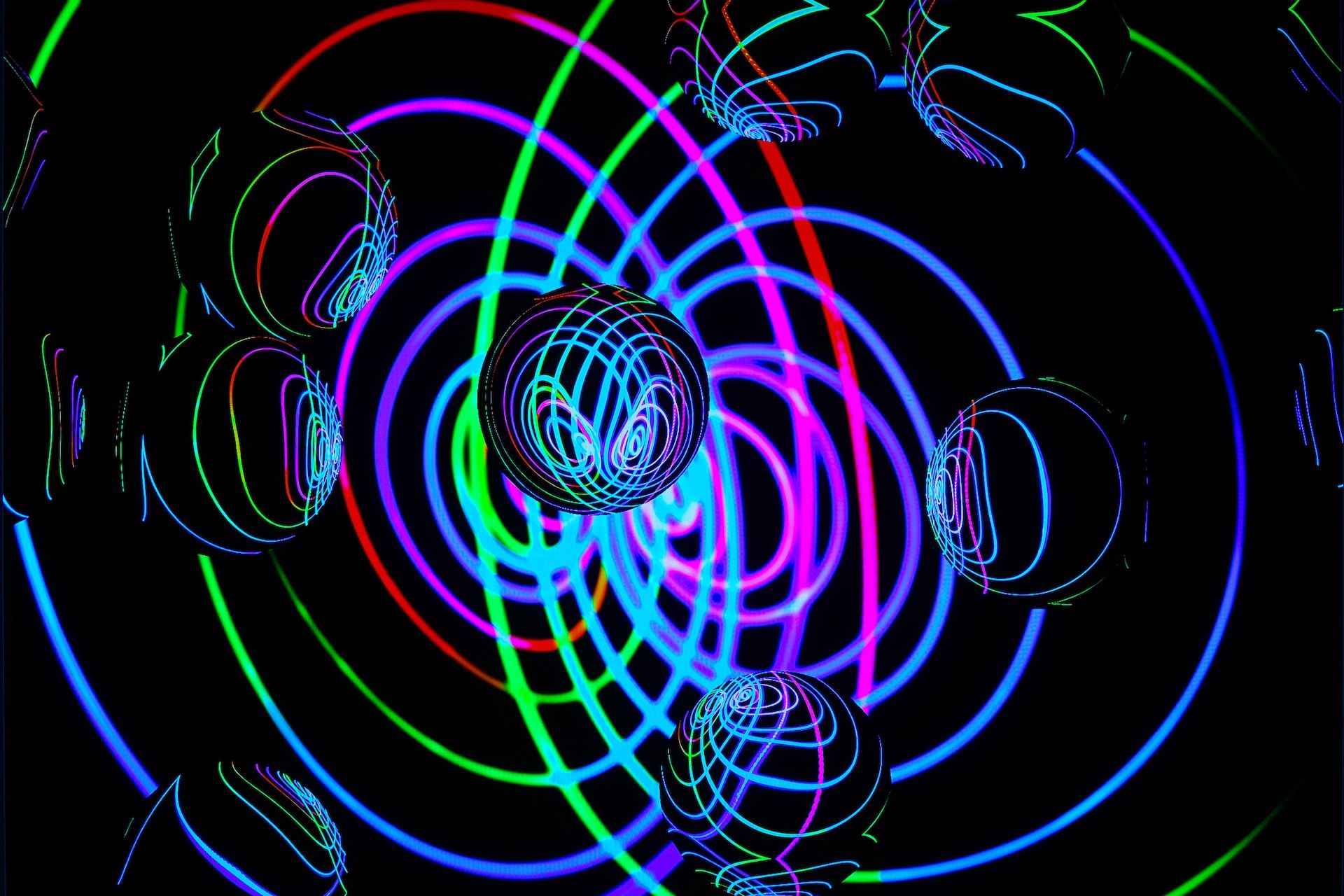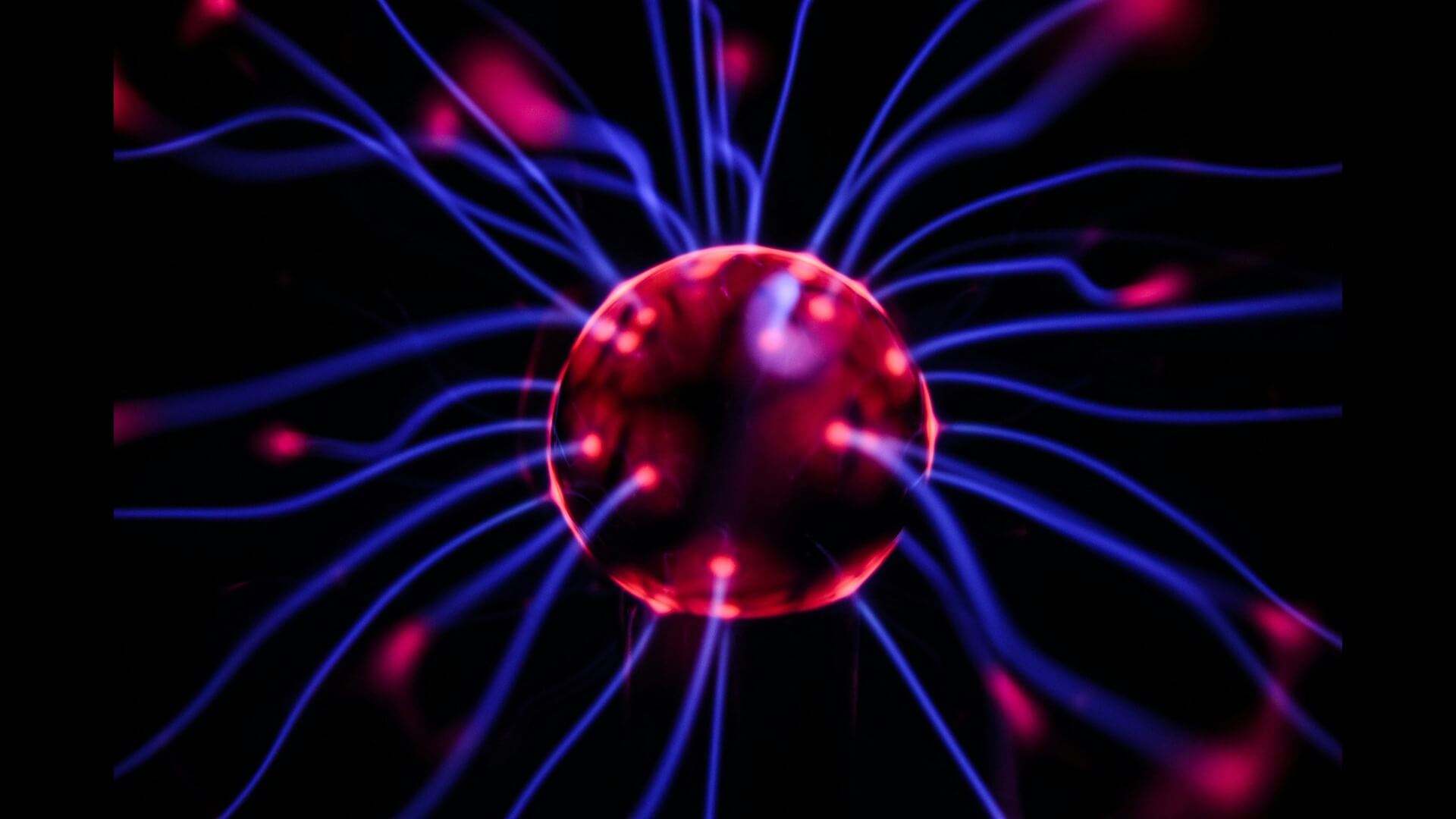
The Wave-Particle Duality of Light Explained
November 25, 2023 - Emily Newton
Revolutionized is reader-supported. When you buy through links on our site, we may earn an affiliate commission. Learn more here.
People often think of science as set in stone, but that’s not always the case. The very nature of discovery entails finding that some things we accept as hard facts may not be universal truths. The wave-particle duality of light is an excellent example of this concept.
Whether light is a particle or a wave has puzzled scientists for centuries. The fact that you can’t comfortably classify it either way signifies how science is a process that’s never quite complete. A scientific fact is true until new research shows that it isn’t.
It’s not that the laws of the universe change. Rather, our understanding of those concepts changes with new evidence. To illustrate this further, here’s a closer look at the wave-particle duality of light and what it means for physics as a whole.
What Does the Wave-Particle Duality of Light Mean?
The wave-particle duality of light holds that light can behave like waves or like particles. Which seems to be the truth depends largely on how you measure it. This duality opposes traditional physics concepts, which hold that photons should be one or the other, not both.
The debate over whether light is a wave or particle stretches back to the 1700s. Sir Isaac Newton released a book called Opticks in 1704, which contained his corpuscular theory of light, holding that light was a particle, like atoms. This contradicted earlier works that said light was a wave, like sound.
Over the next few centuries, experiments from many scientists would support one of these theories or the other. As that happened, public consensus on whether light was a wave or particle shifted back and forth.
By the early twentieth century, scientists started to accept the wave-particle duality of light. Some experiments “proved” it was a particle, but other, just as reliable tests “proved” it was a wave. As a result, researchers had to accept that light exhibits characteristics of both, so it’s impossible to say beyond the shadow of a doubt whether it falls into one category and not another.
Light as a Wave
To help understand the wave-particle duality of light, it helps to look at each side in depth. Before Newton popularized the corpuscular theory in the early 1700s, most scientists accepted light as a wave. It’s easy to see why, too.
Many of light’s most observable behaviors are wave-like. It refracts and reflects, like how X-rays penetrate some materials but not others, depending on the height of the wavelength and the size of the measurable object’s molecules. It’s also possible to polarize light — to restrict its wavelengths’ vibrations to a single plane when they normally occur in multiple directions.
Interference patterns are the most famous example of the wave theory of light. If you shine a light behind a solid surface with small slits in it, the light that passes through shows interference. That is, there are bright points that align with the slits, but there are also bright patches where there are no openings.
You can explain these bright spots that don’t align with slits through wave interference. If the peak of one wave meets the peak of another, they’ll combine to create a stronger wave — a bright spot. In other areas where peaks meet low points, they cancel each other out — a dark spot. Particles can’t create that pattern.
Light as a Particle
At this point, it may seem like light is undeniably a wave, as only waves can generate an interference pattern. However, other experiments show the opposite. The photoelectric effect is the most prominent example.
If you shine a light on a piece of metal, you’ll get different results depending on the color of the light. Some colors won’t do anything, but others will leave the metal plate with an electrical charge. This charge — the photoelectric effect — would occur with any shade of light if it were truly a wave. If it were a wave, more intense light would also produce a more dramatic photoelectric effect, but that’s not the case.
Albert Einstein explained this phenomenon in 1905, creating what we’d later know as the photon theory of light. Put simply, Einstein’s idea was that light radiation stays in small bundles of energy — photons — instead of spreading evenly across a wave. That’s why more intense wavelengths don’t increase the photoelectric effect. Different photon frequencies carry different energy levels, so some colors create a charge and others don’t.
Light as Both
As these examples illustrate, some of light’s behaviors only make sense for a wave and others only work as a particle. The wave-particle duality of light goes even further, though. The double-slit experiment showcases both properties in a single test.
The double-slit experiment starts the same way as the interference example mentioned earlier. Imagine there’s a surface with two slits in it sitting between a light source and a wall. As in the earlier experiment, if you shine the light, you’ll see an interference pattern on the wall.
However, if you cover one of the slits, you won’t see any interference. Instead, there will be just one bright spot on the wall, aligning with the open slit. That’s what you’d expect if light was a beam of particles.
Once you open the other slit, though, you’ll see interference, which only waves explain. Newer versions of this experiment show you can change which characteristics light exhibits by adjusting the light source, too.
What the Wave-Particle Duality of Light Means for Physics
The wave-particle duality of light is more than just an interesting apparent contradiction. It’s also a great example of some foundational concepts behind quantum mechanics.
It’s similar to the conflicting opinions on quantum entanglement in that it reveals how little we actually know about the universe. It’s easy to sort things into neat, this-or-that boxes, but nature doesn’t always work that way. Scientific concepts are often not as set in stone as they may seem, which suggests the ways we understand them are limited.
The wave-particle duality of light shows that the way you measure a phenomenon impacts its outcome. Recognizing that is a difficult but important step in understanding the limits of observable science.
Even Physics Isn’t Always Black and White
Sometimes, the more researchers learn about how the universe works, the more it becomes clear how little they actually understand it. Physics may seem like a matter of math and firm equations, but there’s a lot more mystery to it than that.
Future experiments and innovations may reveal more about the wave-particle duality of light and why it exists. Until then, though, it remains a fascinating reminder of the impact of measurement techniques and the limitations of observation.
Revolutionized is reader-supported. When you buy through links on our site, we may earn an affiliate commission. Learn more here.
Author
Emily Newton
Emily Newton is a technology and industrial journalist and the Editor in Chief of Revolutionized. She manages the sites publishing schedule, SEO optimization and content strategy. Emily enjoys writing and researching articles about how technology is changing every industry. When she isn't working, Emily enjoys playing video games or curling up with a good book.







